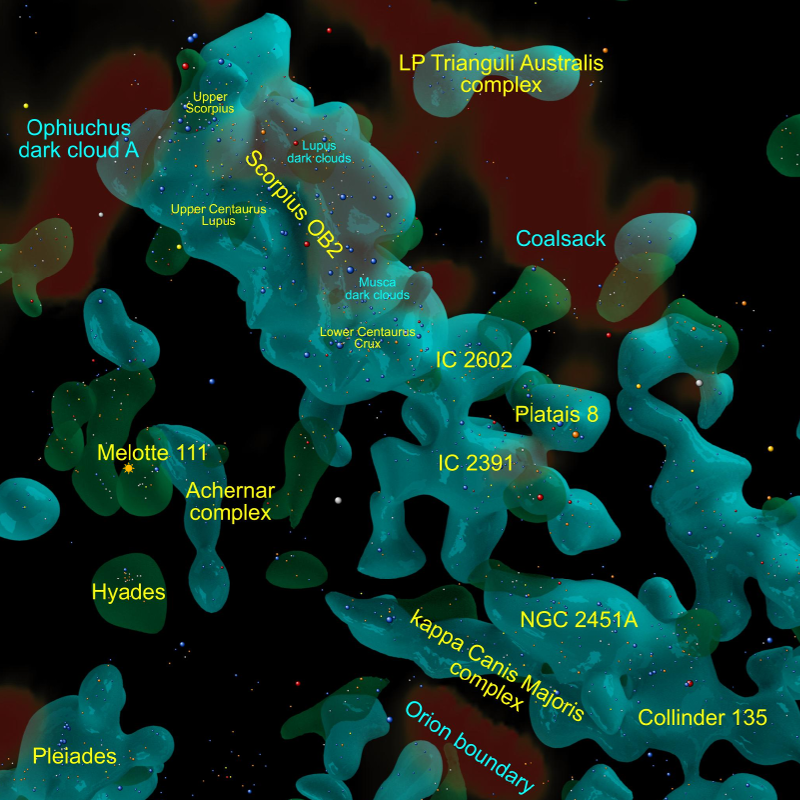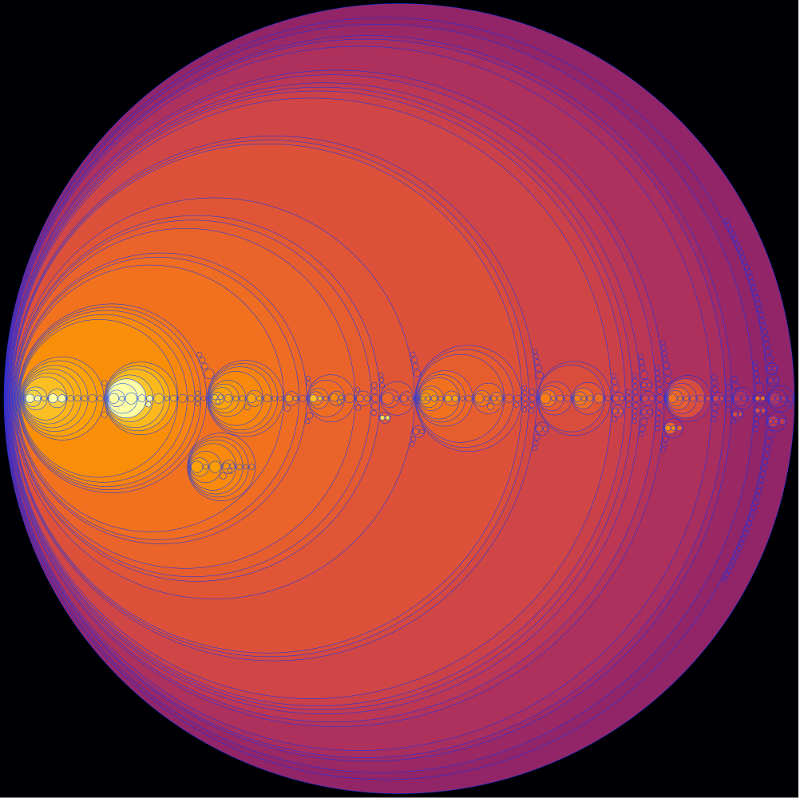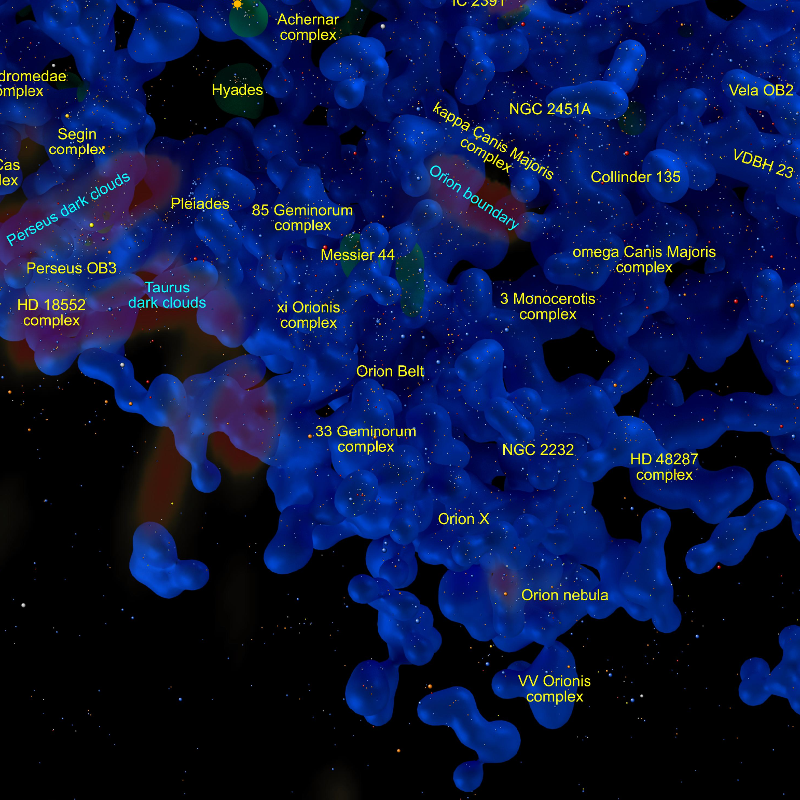Some Like It Hot, Part 1: Gaia and the ionizing stars

Movie poster
Some Like It Hot is a classic comedy written and directed by Billy Wilder, starring Marilyn Monroe, Jack Lemmon and Tony Curtis.
I'm borrowing the title for a series of blog posts starting this week, the week of the Gaia DR2 release. With more than 1 billion parallax estimates extending throughout a quarter of the Milky Way disk and far into the halo, Gaia DR2 is a momentous event in the history of astronomy. For the first time we will be able to map a large portion of our galaxy in amazing detail.
There are two approaches to producing maps using Gaia DR2. One is a full 3D approach visualizing the dataset using star density meshes. The second is to map favourite lists of stars.
I am working on both types of maps. For this week, the second approach is faster and easier.
I have two favourite lists, both of very hot stars. The first was produced by Roberta Humphreys in the 1970s and extended in the 1980s by her graduate student Cynthia Blaha. It lists about 5000 extremely luminous stars. Most are ionizing stars: they are so hot that they rip apart any hydrogen atoms in their vicinity.
The second is a smaller list of about 500 stars, all ionizing stars that are known to be associated with HII regions: large regions of ionized hydrogen gas.
Ionizing stars are one of the main markers of the spiral arms. By mapping these data sets, we can get some insight into the local spiral structure.
Moreover, both of these data sets are self-labelling. The Humphreys and Blaha data set lists OB associations for about half their stars. The HII region data set contains the ionizing stars for many famous nebulae, including the Orion, Lagoon, and Carina regions among many others. We can map the positions of these nebulae if we can map their ionizing stars.
So if we map these data sets, we should get an instant face-on map of our region of the galaxy. Over the next few days I'll describe these data sets in more detail and after the Gaia release, I'll show the resulting face-on maps.
As I said, a more ambitious project would be a full 3D map based on star density. I'll be working on that as well but it will take more time to produce.



